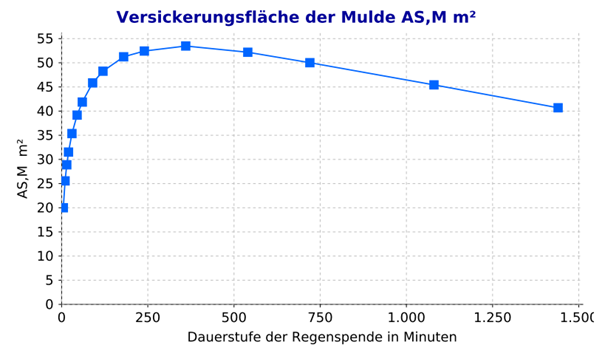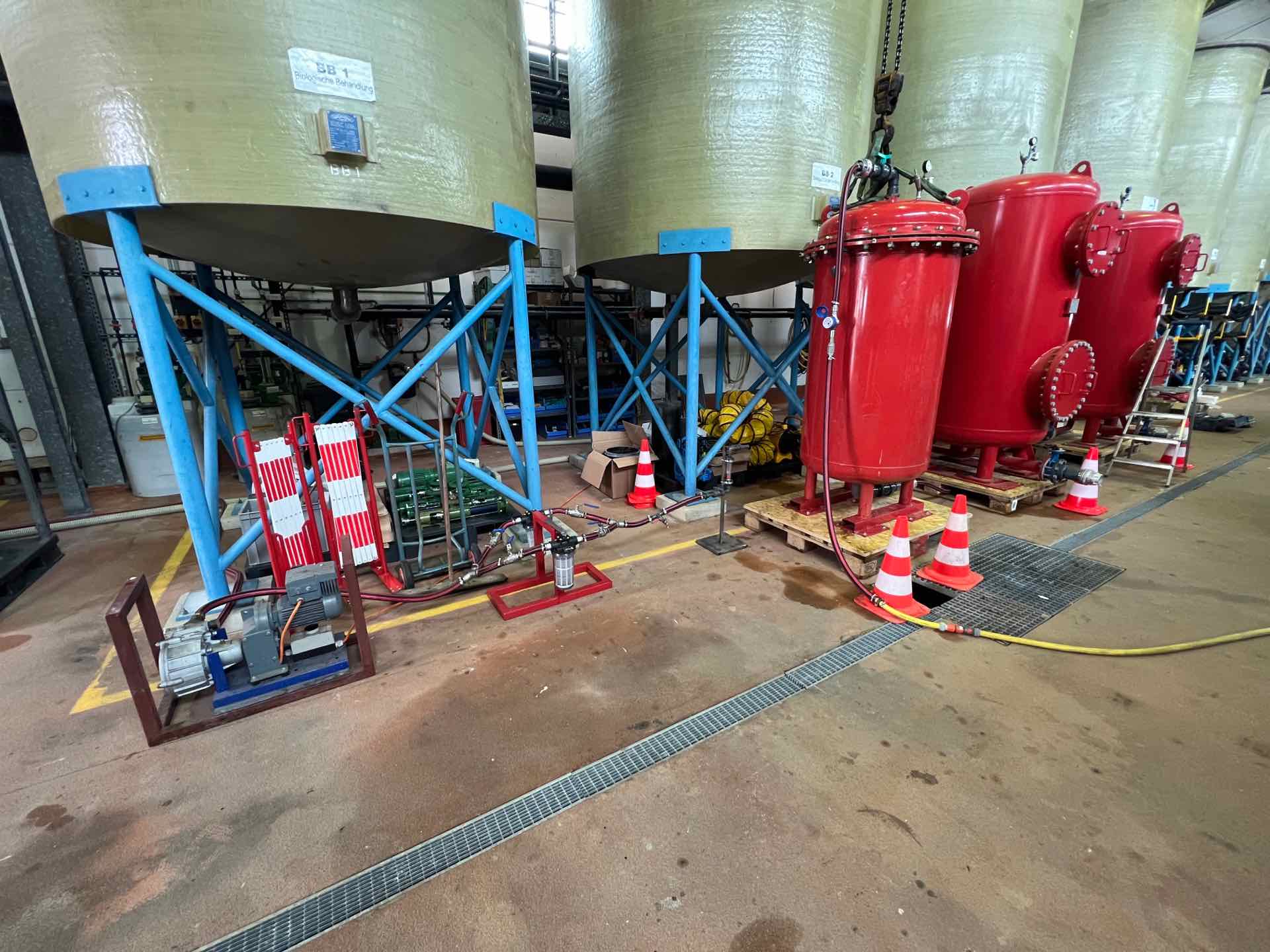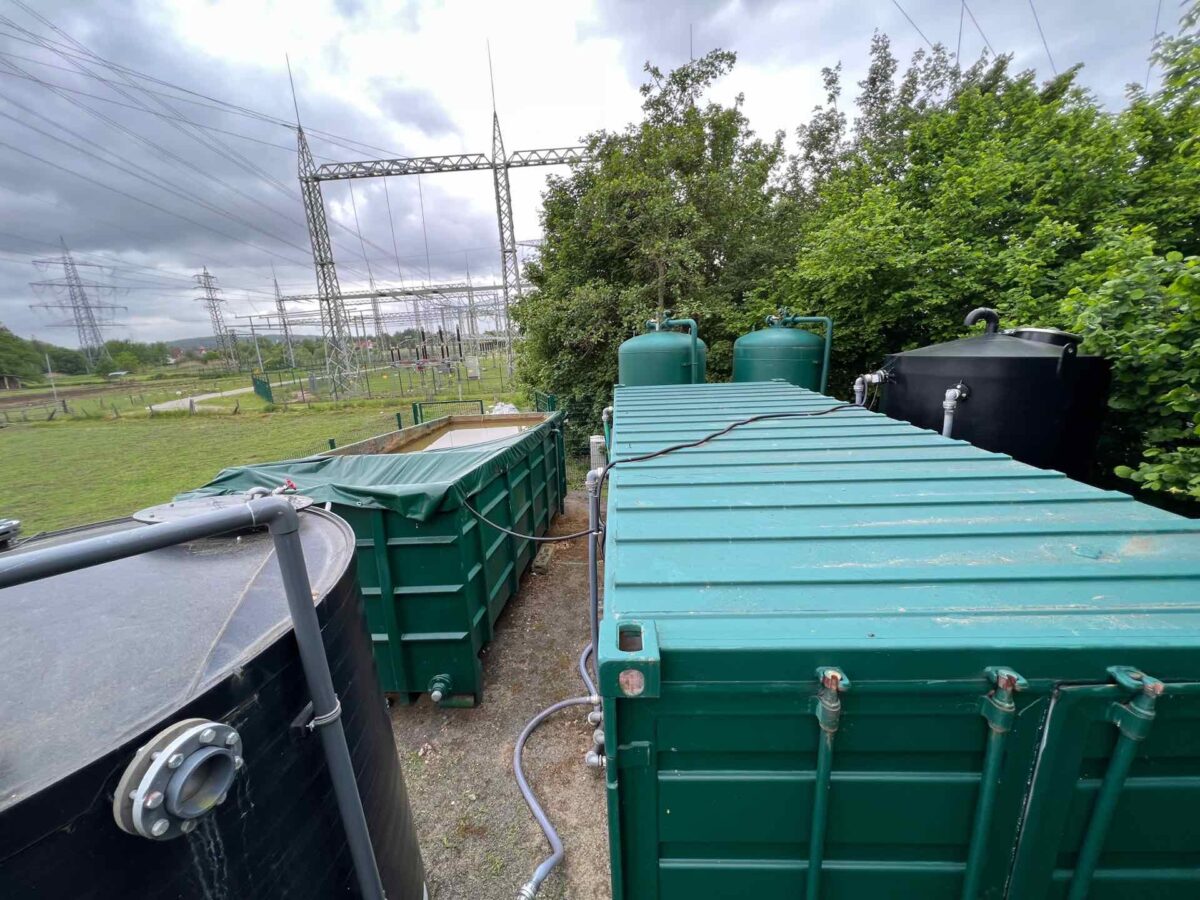

The EU Emissions Trading Scheme (EU ETS) is the most important mechanism for the energy transition and European climate protection. To date, large combustion plants, energy-intensive industries and aviation have been the main sectors affected. They are responsible for around 40% of European emissions. The "Cap & Trade" system of the EU ETS reduces the emissions of the affected sectors year by year. It determines how many emissions may be emitted in total. So-called emission allowances can then be freely traded on the market.
The EU cannot achieve its climate targets (55% reduction in GHG emissions by 2030 and climate neutrality by 2050) without the building and transport sectors. The European Parliament is therefore expected to discuss the framework conditions for the expansion of the EU ETS to include buildings and transport for 2025 in June. The ETS is also set to save 24 additional percentage points by 2030 in relation to the previous target and free certificates are no longer to be issued from 2030. The expansion and tightening are necessary steps, but will pose challenges for companies. The German Chamber of Industry and Commerce (@DIHK), for example, warns of disadvantages for German companies in international competition.
We are convinced that companies must reduce their emissions now. Nobody can afford to wait and see, at the latest with legal obligations. As the M&P Group, we are a competent partner for climate protection strategies, energy planning and property development. Contact us and let us help you reduce your emissions today.
#Emissions trading #Buildings #Climate #EngineeringForABetterTomorrow
Sources:
Trading with CO2 certificates: Emissions to cost more - taz.de
Reform of EU emissions trading could place a considerable burden on companies (dihk.de)







